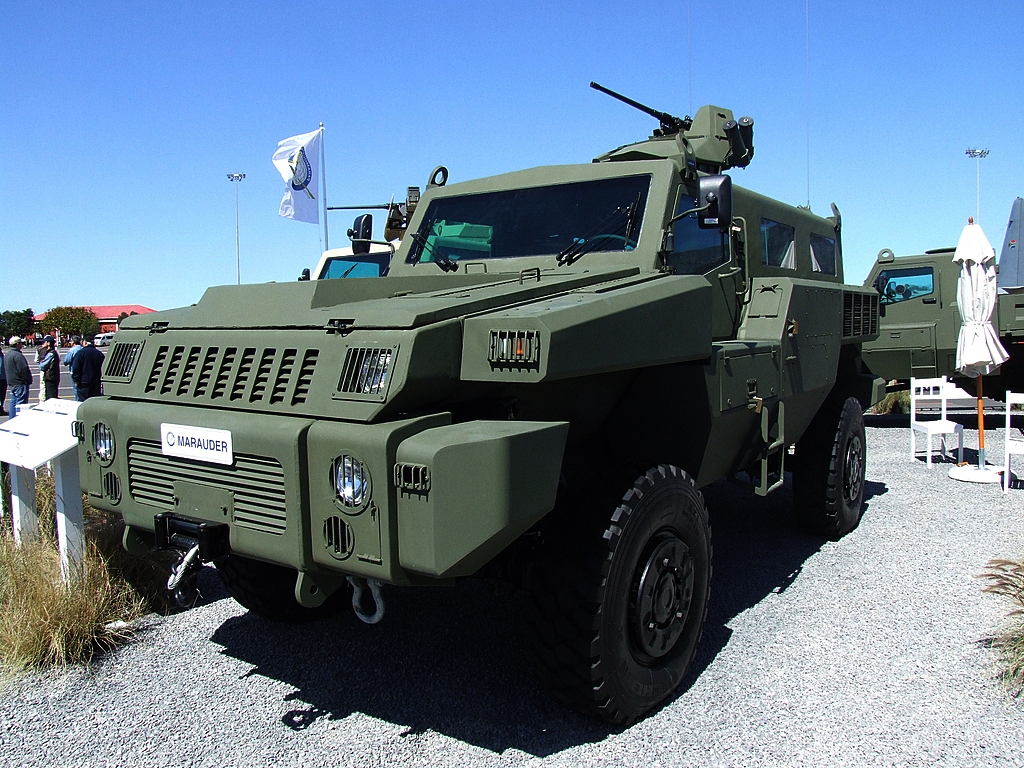
BAE Systems has started delivery of its long awaited Armored Multi-Purpose Vehicle to the United States Armed Forces.
Ronkainen’s tweet states, “the first batch of AMPVs from BAE Systems is already on station and ready for initial operational testing. The 2nd Armored Brigade, 3ID at Fort Stewart, will begin training this month to use and maintain the Armored Multi-Purpose Vehicle (AMPV).”
With the AMPV program the Pentagon aims to replace obsolete M113 armored personnel carriers with a more advanced armored variant.
In 2014 the Pentagon had awarded a contract for the design and development of AMPV to BAE Systems to produce and deliver 2,897 AMPV units to the US military. BAE Systems had released a prototype in 2016, which passed tests, following which serial production began in 2020.
The contract amount is nearly $10.723 billion, with the price of an AMPV being around $3.7 million a piece.
BAE designed the new AMPV based on two legendary military systems – the Paladin and the Bradley.
According to preliminary data, the new AMPV of BAE Systems must be highly passable in any terrain, be mobile, and have integrated management. The design and production of key components have been awarded to a various companies including DRS Technologies, which will provide integrated management and distribution systems; Northrop Grumman will provide the full mission command package, while Air Methods Corporation will be responsible for the Army Medical Depot and treatment.
The new AMPV is characterized by improved armor which can even protect the crew from against missile attacks. The vehicle also has improved floor protections on the chassis of the vehicle, as well as automatic fire extinguishers in the crew and other compartments.
It also provides the driver with a wider field of vision and assists in manoeuvrability in close combat, urban settings. Situational awareness and manoeuvrability are further enhanced by the integrated course reference unit. AMPV takes advantage of Bradley and M0109A7’s proven propulsion and suspension to provide proven all-terrain mobility, allowing it to manoeuvre with the rest of the ABCT.
The new AMPV also has improved network connectivity and the ability to go beyond visibility by adding hardware and software for digital satellite communications.




